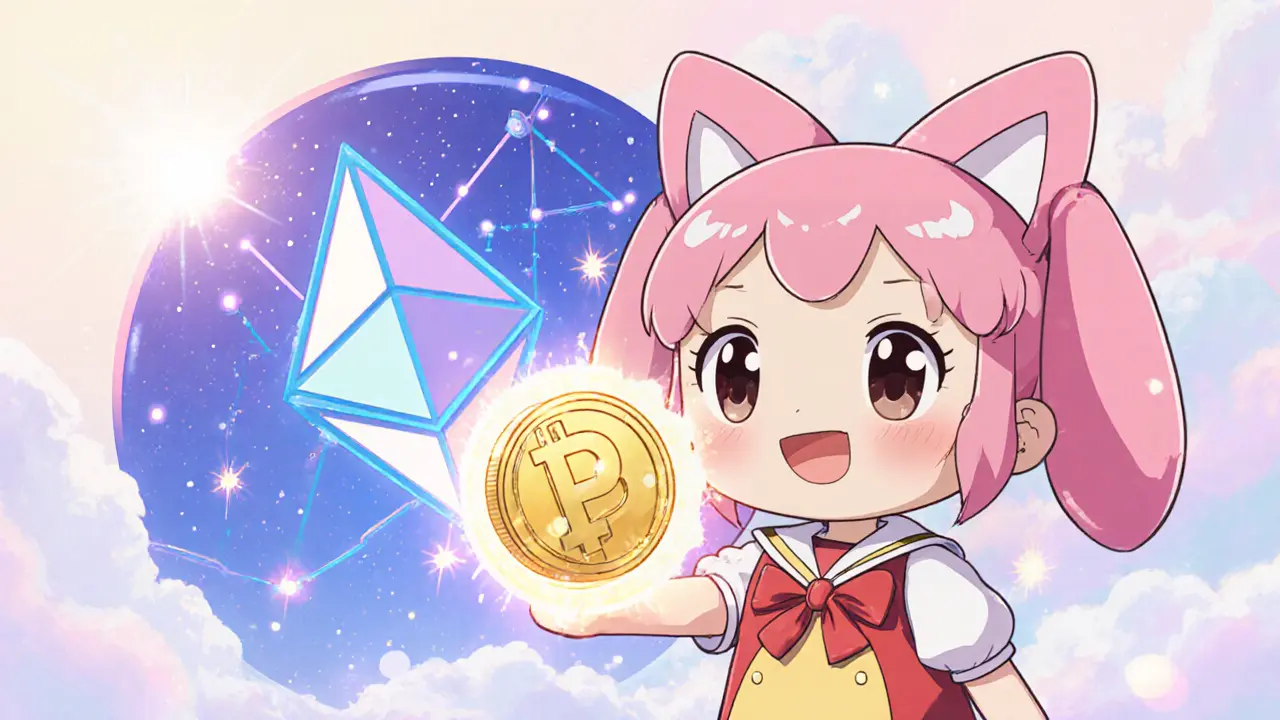Discover what PUCCA (PUCCA) crypto coin is, its tech specs, how to buy it, and why experts label it a high‑risk speculative token.
Crypto Investment: How to Navigate Tokens, Platforms, and Strategies
When you start thinking about Crypto Investment, the practice of allocating capital to cryptocurrencies and related digital assets to achieve financial goals. Also known as cryptocurrency investment, it blends market timing, tech insight, and risk management. Crypto investment isn’t just buying a coin and hoping for a pump; it means understanding why a token exists, how its ecosystem works, and what external forces like regulation or network upgrades might affect price. Think of it as a blend of a stock portfolio and a tech venture – you need to assess fundamentals, monitor on‑chain activity, and stay aware of macro trends that can shift sentiment overnight.
One of the core building blocks of any solid portfolio is Tokenomics, the economic design that governs a token’s supply, distribution, utility, and incentive mechanisms. Good tokenomics often feature a capped supply, clear use‑cases, and reward structures that align holder interests with network health. For example, a token that burns a portion of fees reduces circulating supply over time, potentially boosting scarcity. Conversely, unchecked inflation can dilute value, no matter how strong the tech. Understanding tokenomics lets you pick assets that offer genuine utility – like governance tokens that let holders vote on protocol upgrades, or utility tokens that grant access to services – rather than pure hype.
Beyond individual tokens, Decentralized Finance, a suite of blockchain‑based financial services that operate without traditional intermediaries has reshaped how investors earn yields. DeFi opens doors to liquidity mining, staking, and automated market‑making, letting you put idle coins to work. The key is matching risk with reward: high‑APY farms might sound tempting, but they can expose you to smart‑contract bugs or impermanent loss. Successful crypto investment therefore requires balancing DeFi opportunities with solid research – checking audit reports, understanding curve dynamics, and diversifying across protocols to mitigate single‑point failures.
Choosing where to execute trades is just as vital as picking what to trade. Exchange Platforms, online services that facilitate buying, selling, and swapping of digital assets, ranging from centralized exchanges to decentralized swaps differ in fees, liquidity, security, and regulatory compliance. Centralized venues like Bitpanda or Paribu offer familiar UI and fiat on‑ramps but charge higher fees and hold custody of your funds. Decentralized options such as Camelot or Meteora give you full control, often with lower costs, yet you bear the responsibility for wallet security and gas fees. Adding to the mix, airdrop strategies – where projects distribute free tokens to early supporters – can boost returns without additional capital, but require vigilance to avoid scams. Understanding how exchange features intersect with tokenomics and DeFi mechanics creates a holistic view that empowers smarter allocation.
What You’ll Discover Below
The articles that follow dive deeper into each of these pillars: from legal angles like Nepal’s crypto ban, to practical guides on specific coins such as HUSTLE or BONE, to detailed reviews of platforms like Bitpanda and Paribu. You’ll also find step‑by‑step airdrop walkthroughs, technical explanations of blockchain immutability, and analyses of market cycles like Bitcoin halving. Use this curated collection to sharpen your research, evaluate opportunities, and build a diversified crypto investment strategy that matches your risk appetite.

